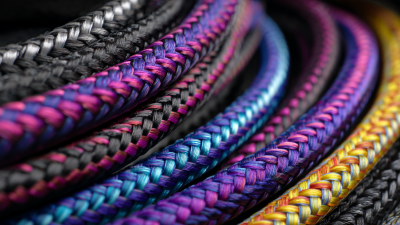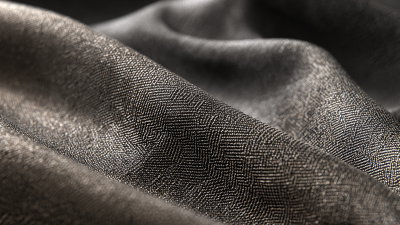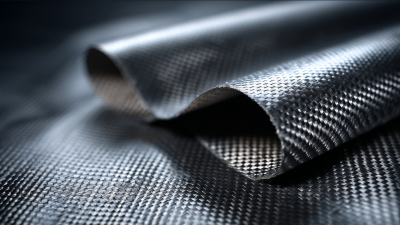
-
Home
-
Products
-
About Us
-
News
-
Blog
-
Video
-
Contact
Leave Your Message

As urban safety concerns continue to escalate, the demand for innovative protective solutions has never been more critical. The emergence of "Stab Resistant Fabric" represents a significant advancement in personal safety clothing, catering to the needs of various professionals exposed to potential threats.
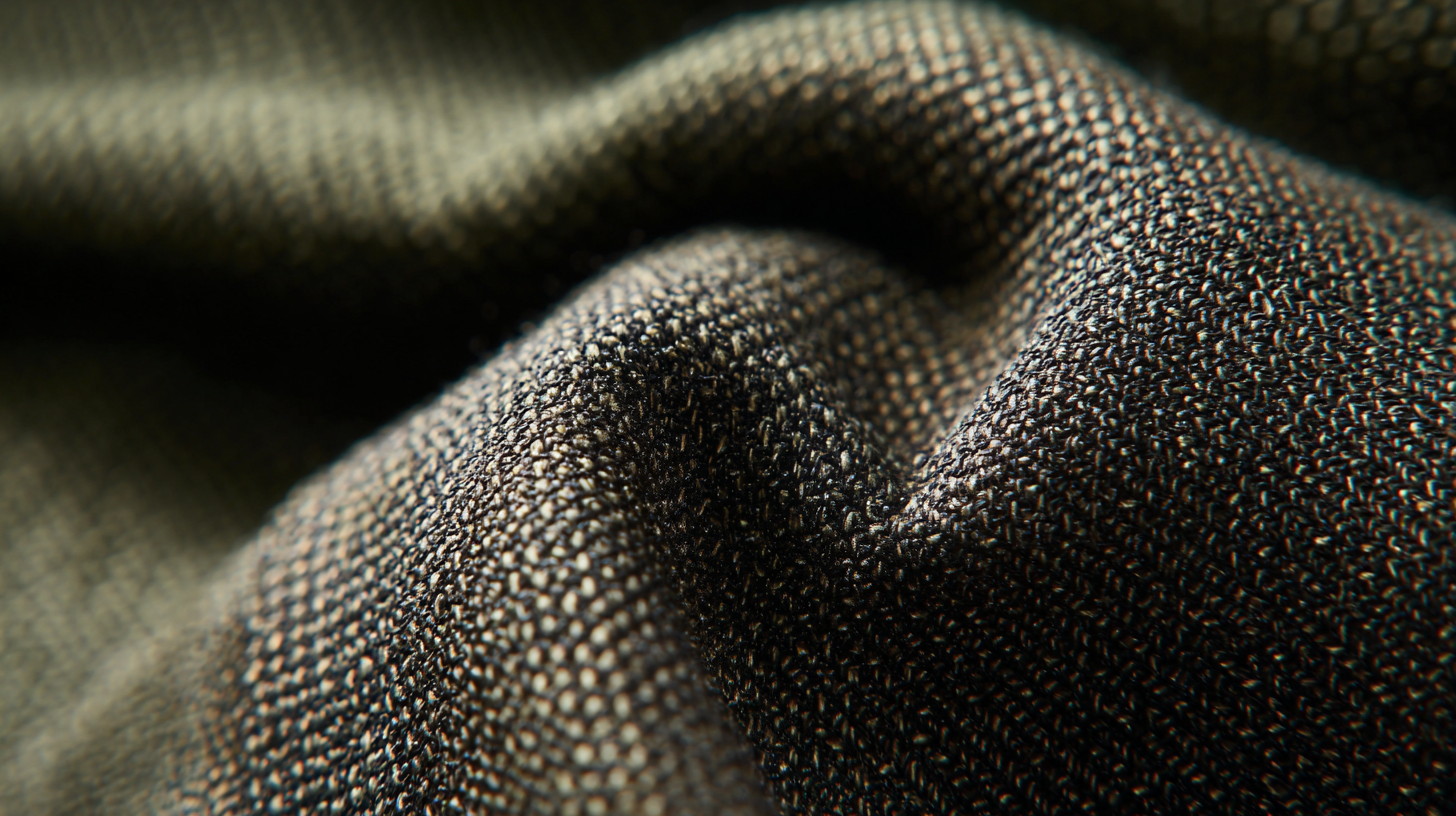
According to a recent report by MarketsandMarkets, the global body armor market is projected to grow from $3.8 billion in 2021 to $5.6 billion by 2026, highlighting an increasing investment in protective gear that includes stab-resistant technology. This surge is driven by heightened awareness of personal safety and the rising incidence of violent crimes in urban areas.
As consumers seek effective solutions, manufacturers are leveraging advanced materials and technologies to enhance the protective capabilities of clothing. The integration of stab-resistant fabrics not only improves safety but also ensures comfort and wearability, marking a transformative shift in how we approach personal protection in various environments.
The evolution of stab resistant fabric technologies has progressed significantly over the years, driven by advancements in materials science and an increasing awareness of personal safety. Early stab proof materials were primarily made from layered fabrics that offered minimal protection and were often bulky and uncomfortable. However, modern innovations have introduced lightweight, flexible options that provide superior defense against sharp objects while maintaining comfort and mobility. These materials often incorporate high-performance fibers such as aramid and ultra-high-molecular-weight polyethylene, which enhance their protective qualities without compromising wearability.
In recent years, researchers have focused on developing smart fabrics that not only resist stabbing but also respond to various environmental factors. Integrating sensors and other technologies into stab resistant fabrics allows for real-time monitoring of potential threats, creating a dynamic safety garment. This evolution enhances the functionality of personal protection gear, making it suitable for various applications, from law enforcement to everyday civilian use. As these technologies continue to advance, the future of safety clothing looks promising, with the potential for even greater protection and adaptability tailored to individual needs and threats.
The evolution of safety clothing, particularly through the use of stab-resistant fabrics, is making a significant impact on personal protection across various sectors, including military and construction. Modern safety clothing incorporates advanced materials and technology to enhance durability, comfort, and protection. One of the key features of these contemporary fabrics is their lightweight construction, which allows for ease of movement without sacrificing security. Additionally, moisture-wicking properties are increasingly common, helping to keep users cool and dry in demanding environments.
When selecting personal protective equipment, always consider the specific risks of your work environment. Look for gear that meets relevant safety standards and has undergone rigorous testing. Investing in high-quality stab-resistant clothing can make a substantial difference in ensuring safety in unpredictable situations. Remember to regularly assess the condition of your protective equipment and replace worn-out items to maintain an optimal level of safety.
As industries continue to evolve, the integration of smart technology into personal protective equipment is also on the rise. Features such as built-in communication systems and environmental sensors are becoming essential in modern safety gear, allowing users to stay informed and responsive to their surroundings. Embracing these advancements can significantly enhance personal protection while ensuring that individuals remain connected and aware during critical situations.
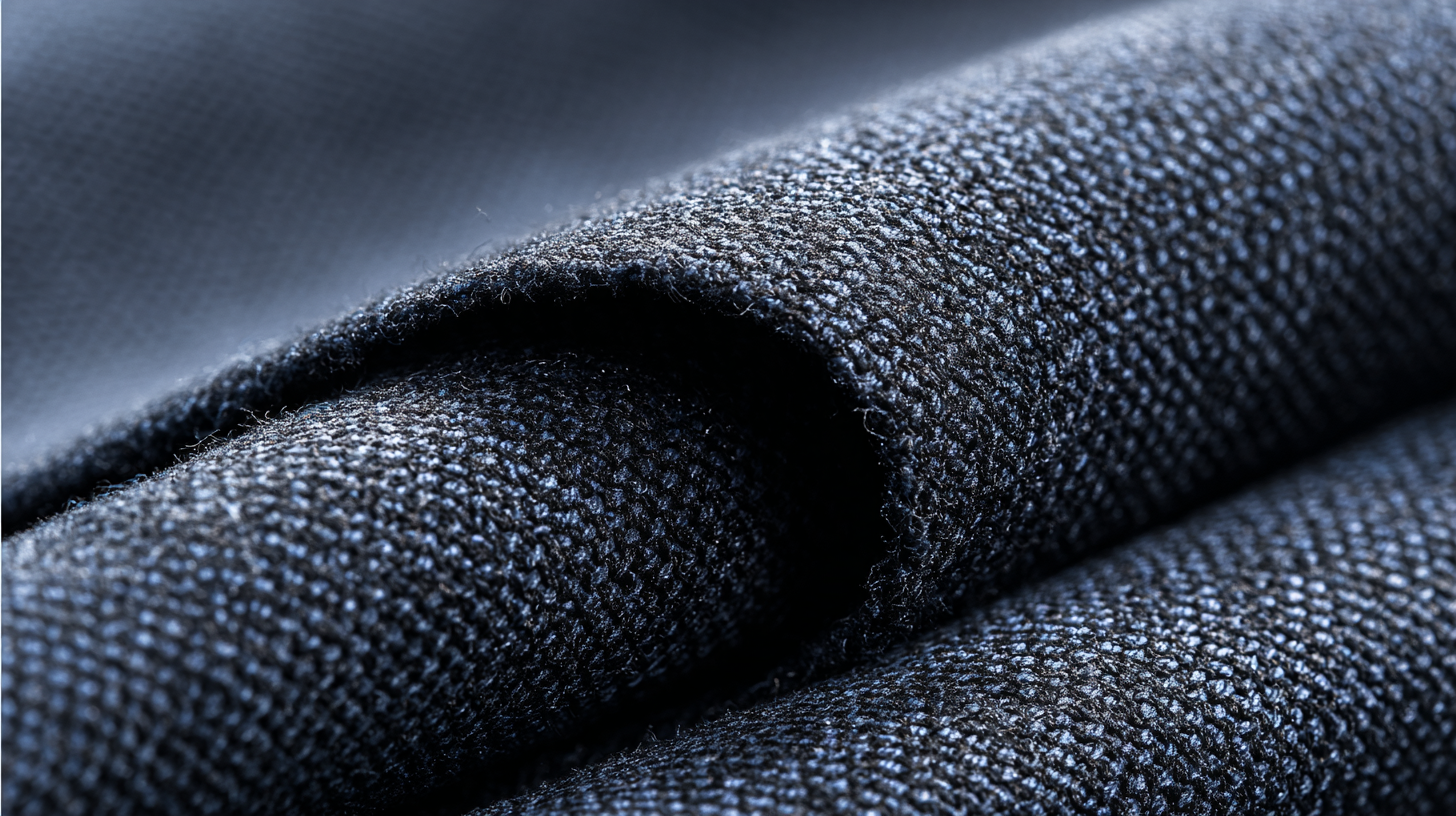
Stab-resistant fabrics are revolutionizing the landscape of personal protection across various industries, providing enhanced safety for individuals exposed to potential violence. According to a recent report by MarketsandMarkets, the global market for stab-resistant and ballistic textiles is expected to reach USD 1.8 billion by 2026, growing at a CAGR of approximately 4.5%. This surge is primarily driven by increasing concerns about personal safety in sectors such as law enforcement, military, and security services, where professionals routinely encounter threats.
One of the most notable applications of stab-resistant fabrics is in law enforcement uniforms. Officers are now equipped with clothing that integrates high-performance materials like Kevlar and Dyneema, significantly improving their safety without compromising mobility or comfort. A study from the National Institute of Justice highlights that the use of advanced stab-resistant vests has led to a 30% reduction in injuries among police personnel. Additionally, the healthcare sector is increasingly adopting stab-resistant textiles in staff uniforms to protect workers from sharp objects and potential aggressors, reflecting a growing acknowledgment of safety needs in environments traditionally seen as low-risk.
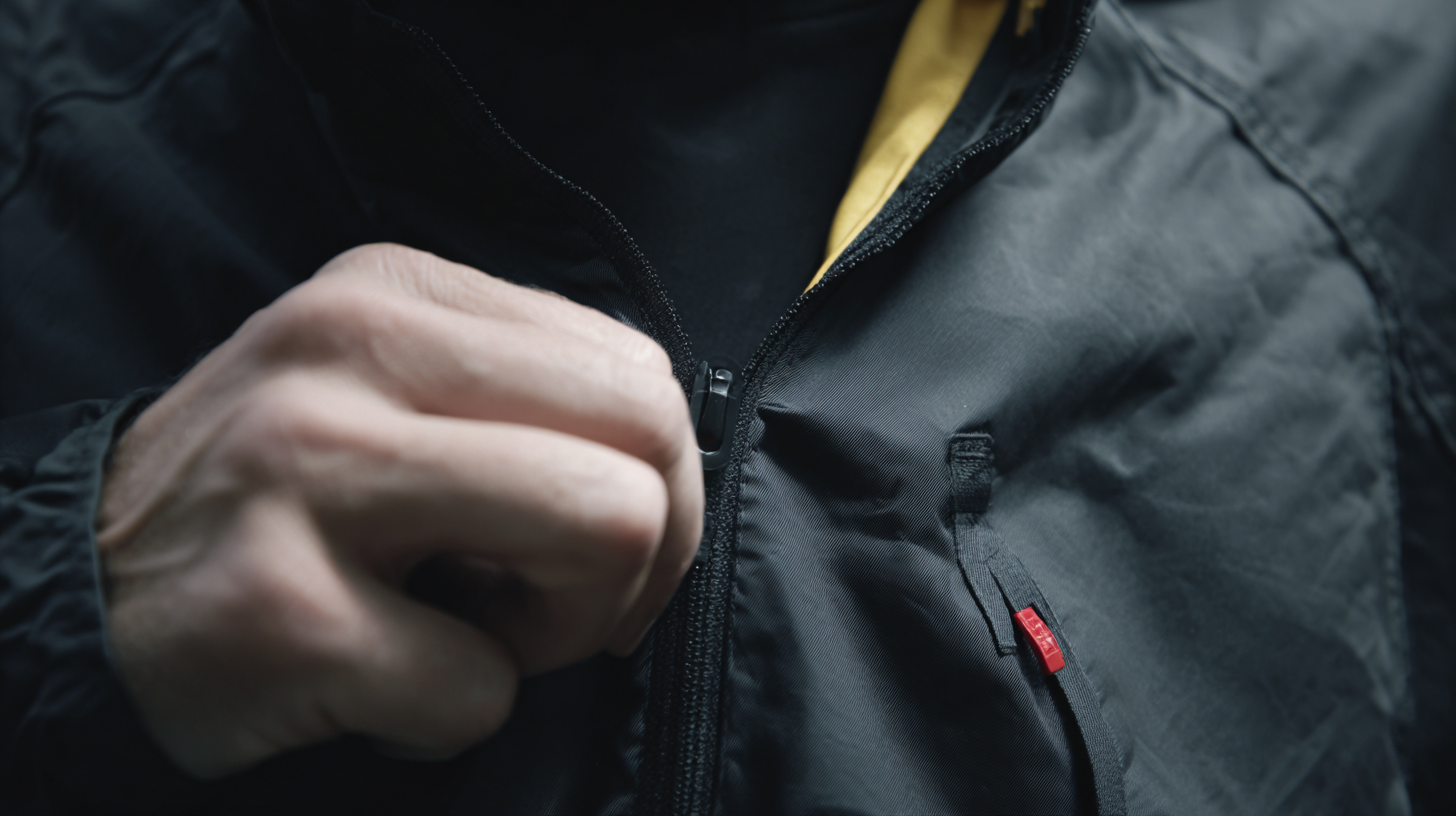
The landscape of personal protective equipment (PPE) is evolving significantly, particularly with the introduction of advanced protective materials such as stab-resistant fabric. Traditional protective gear often relies on bulky designs that offer limited movement and comfort. These materials, such as leather or regular Kevlar fabrics, while effective against certain types of threats, are often heavier and less versatile. This can lead to user fatigue and a lack of compliance with safety protocols, as wearers may prefer not to put on cumbersome gear.
In contrast, advanced stab-resistant fabrics leverage innovative technologies and material science to create lightweight, flexible, and more effective protective clothing. These modern materials utilize multi-layered constructions and high-performance fibers that can withstand stabbing motions while remaining breathable and comfortable for long periods.
The comparative analysis reveals that not only do advanced materials provide enhanced protection against edged weapons, but they also cater to the diverse needs of various professionals, from law enforcement to security personnel. This evolution represents a significant shift towards prioritizing user experience without compromising safety, ultimately transforming how we think about personal protection in dynamic environments.
The landscape of safety clothing is evolving rapidly, driven by advancements in technology and a growing emphasis on personal protection in various fields. Innovations in materials, such as stab-resistant fabrics, are at the forefront of this transformation. These fabrics not only provide enhanced protection against sharp objects but are also designed to be lightweight and flexible, ensuring that wearers can maintain mobility and comfort. As industries recognize the importance of incorporating such cutting-edge materials into their safety protocols, the demand for sophisticated safety clothing is set to rise significantly.
In addition to material innovations, regulatory frameworks surrounding safety clothing are also adapting to these changes. New guidelines are being developed to ensure that safety apparel meets the highest standards of protection while also accommodating the latest advancements in textile technology. This includes stricter requirements for testing stab-resistant capabilities and ongoing assessments of performance in real-world scenarios. As these regulations evolve, manufacturers will need to stay ahead by integrating new technologies and adhering to compliance standards, ultimately leading to improved safety outcomes for workers and individuals in high-risk environments.
This chart illustrates the increasing market demand for stab resistant fabric over the years, highlighting the growth trends and the importance of personal protective clothing in ensuring safety and security across industries.
